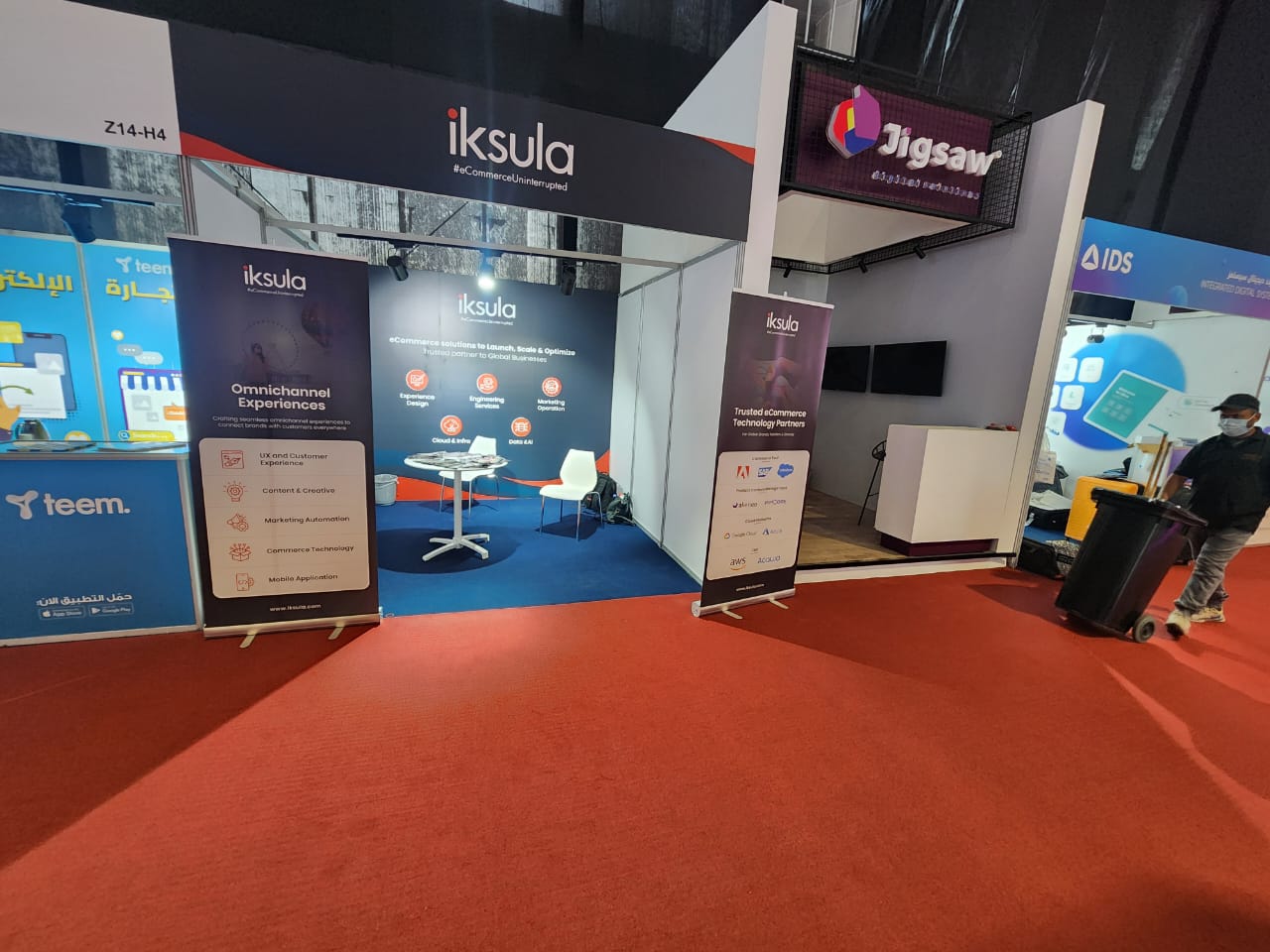A marketplace is like a stock exchange, which facilitates transactions between buyers and sellers. It matches the need of a buyer (what a buyer is looking to buy) with what a seller has to offer, and this entire concept is called “liquidity.” The more liquid a marketplace, the more successful it will be.
Which brings us to the age-old existential question:
what comes first, the chicken or the egg?
A counter-intuitive insight in building marketplaces is that supply comes first and then demand. Availability of high-quality supply read as “Comprehensive” is a foundational pillar for the success of a marketplace.
Most suppliers in a marketplace are small and medium businesses. And this is a small community. Word gets around amazingly fast. You should keep this dynamic in mind. So how and where do you get great supply from ?
Here are three important things to keep in mind and consider!
- Scaling down Seller-Side friction by deploying the Best-in-class supply-side tools. Remember you are dealing with SMB players primarily. So having a best-in-class set of tools to list products; manage inventory, orders, shipping, and the customer will reduce their friction in selling on the marketplace. Amazon is a classic case of a marketplace that invested extensively in reducing seller friction.
- Invest in supplier (success) retention and growth. Supply must quickly scale for demand to kick in so that the virtuous network effect can begin. This means you would have to invest in acquiring sellers in scale and then making them successful. A classic approach would be to ensure the following:
Create and Implement Seller education materials consisting of
a) Guides during the flow of the selling touchpoint
b) Extensive “how-to” tutorials and videos
Conceive, Implement and Monitor Seller education programs
a) Online and offline training seminars
b) High touch account management programs for top sellers
c) Low touch, programmatic, account management programs for mid-sized sellers - Provide seller incentives – Incentivize sellers to sell in your marketplace. It is a dual-edged sword though – extremely easy to copy by competitors, expensive to continue, and can create a bad withdrawal symptom. It is imperative to design seller incentive programs that are sustainable and reward long-term seller success.
The big picture
While the e-commerce business seems to be overtaking the retail business right now, the the next variant and the fluid situation may change the scenario anytime. Right now, extensive competition may have forced most of the brick and mortar stores to start their very own digital brands and compete in the online marketplace. Although it looks deceptively easy to sell your products through the internet, only far few businesses are able to savor consistent success. It is vital for online businesses to have a powerful marketing strategy to get their business up and running.
Does what we say, ring a bell with you? If so, talk to us at Iksula and together we may be able to create something great together.








































